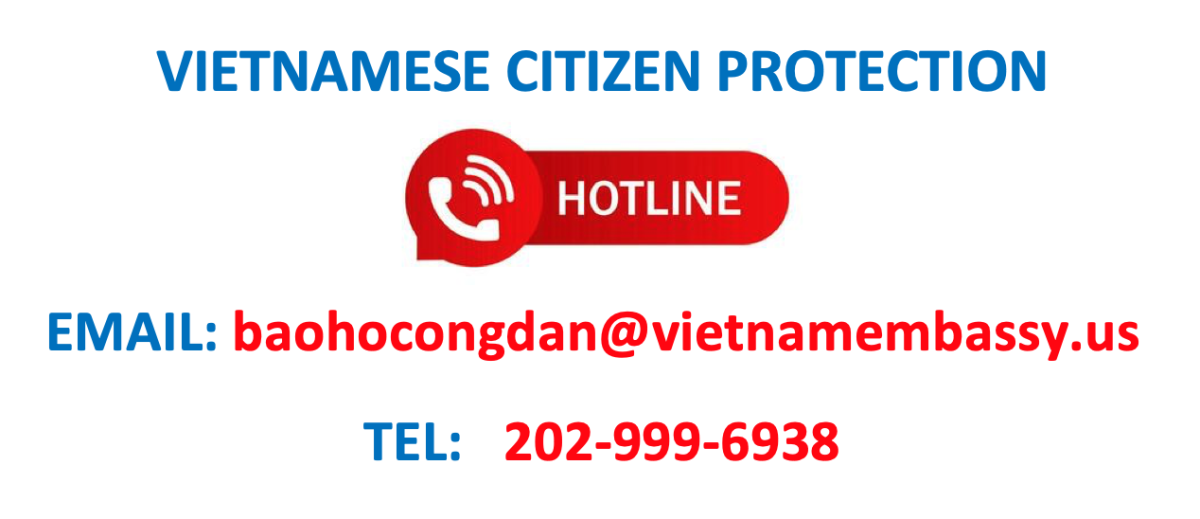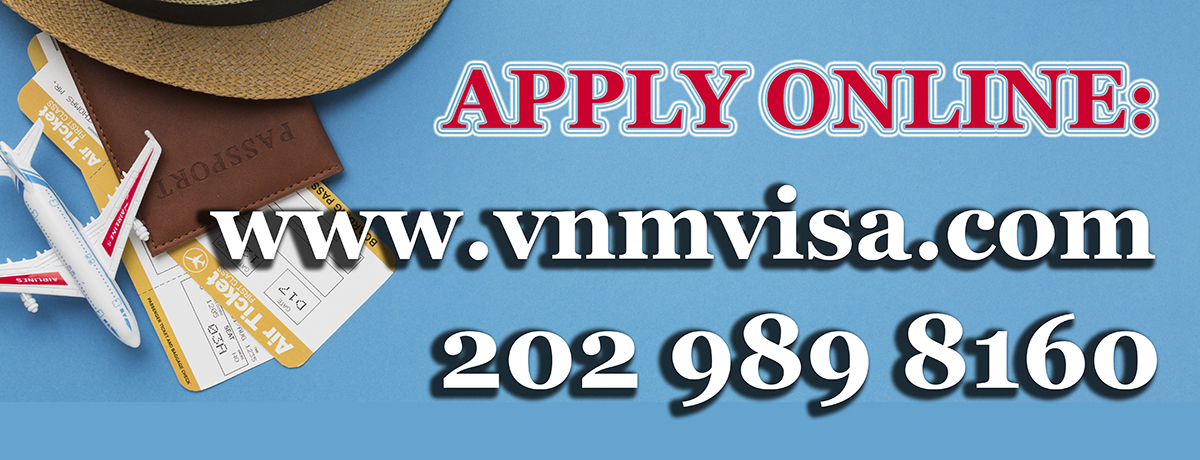Busy Route Prompts Air Battle
The Vietnam-U.S. aviation transport agreement is taking off with increased travel and trade expected between the two countries. Competition on the route is becoming intense.
After more than five years of negotiations, the Vietnam-U.S. aviation transport agreement was signed in Washington in December last year. The agreement, effective since January, is not only a landmark for the transport sector, it will also has a strong impact on Vietnam's economy.
Under the agreement, which allows direct air services between the two countries and unlimited code-share flights, airlines of the two countries can carry passengers to five destinations in the other's country. However, there are no restrictions in destinations for cargo flights. The U.S. will open five international airports to Vietnamese airlines and provide code-share connections to 15 domestic airports. Vietnam will open three international airports to U.S. airlines. In the first two years, two airlines of each country are allowed to operate passenger flights and the third airline will follow from the third year. However, U.S. airlines are not allowed to pick up passengers at stopovers in Japan, South Korea, Taiwan and France, which are Vietnam's major markets.
Opportunities
The start of direct flights between Vietnam and the U.S. is expected to make travel easier for the more than one million overseas Vietnamese in the U.S. A general lift in tourism and trade is expected between the two countries. Pham Ngoc Minh, Vietnam Airlines deputy general director, says the agreement creates both opportunities and challenges for Vietnam Airlines. "The Vietnam-U.S. route is very competitive, as airlines in North Asia also want to transport passengers from the U.S. to Vietnam. Moreover, it is a long air route, and airlines must have a strong fleet of aircraft and financial capacity," he said.
Vietnam Airlines' main competitors on the route are airlines from Northeast Asian countries. "We have a competitive edge, with the Vietnamese community in the U.S. accounting for 80% of the 280,000 passengers traveling each year between the two countries. However, our competitors have nearly 50% of business travelers on the route," he said. For example, travelers from the U.S. make up 50% of China Airlines' passengers on the route.
Minh said initially Vietnam Airlines planned to operate non-stop flights to the U.S. in 2006, but later decided to bring the date forward to the end of 2005. To be able to compete on the U.S. market, Vietnam Airlines must operate seven flights a week. "To operate this route, we must invest US$120 million-140 million for the first year and use three aircraft," he said.
Luong Hoai Nam, head of Vietnam Airlines' planning and marketing department, said Vietnam-U.S. code-share flights are the best solution for the time being and the near future, as non-stop flights between Vietnam and the U.S. are technically not possible at the moment. "It takes 17 hours for a non-stop flight between HCM City and the east or west coast of the U.S. At present, there are no commercial aircraft capable of flying without a stopover. The maximum distance for non-stop flights is between Hong Kong and the U.S. For other destinations below Hong Kong, such as Hanoi, HCM City, Bangkok and Singapore, it requires a stopover," he said.
Nam said cooperation between Vietnam Airlines and U.S. airlines through code share flights will benefit passengers, as no U.S. airlines can operate flights to all available airports in Vietnam just as Vietnam Airlines cannot fly to all its alloted airports in the U.S. "Only through cooperation, can we meet the diverse travel demands of passengers at a reasonable cost," Nam said.
The early birds
Shortly after the signing of the aviation agreement, some U.S. air carriers rushed to Vietnam to establish operations, hoping to capitalize on the growing tourism and trade between the two countries.
In February, American Airlines, the world's top airline with more than 700 aircraft and services to 240 cities in 49 countries, opened its first office in Vietnam to increase code-share flights to five U.S. cities. The airline appointed Huong Giang Tourist as its sales agent in Vietnam. It also opened a rep office in San Francisco and appointed sales agents in many other cities.
American Airlines also officially started code-share flights with Japan Airlines and Vietnam Airlines. The airline has connections for flights from Hanoi and HCM City to its services between Tokyo and four U.S. cities - Chicago, San Jose, Dallas/Fort Worth and New York. It offered competitive fares to attract passengers. The round-trip fare from Hanoi or HCM City to San Jose (California) or New York, with connections in Tokyo, was US$999, and to Chicago or Dallas/Fort Worth (Texas), with connections in Tokyo, was US$1,099. From these destinations, passengers can take connecting flights to any U.S. city in American Airlines' network for only US$100.
In April, American Airlines expanded its business, operating daily services between Los Angeles (California) and Japan, with connections to Hanoi and HCM City at US$999 for a round trip. With this operation, Theo Panagiotoulias, American Airlines' managing director for Asia-Pacific, expected a strong increase in passengers this year.
Also in February, United Airlines, the second largest airline in the U.S. with more than 600 aircraft and an extensive network in Asia, started code-share flights from the U.S. to Vietnam. The flights had connections at Seoul with Asiana Airlines, at Bangkok with Thai Airways, and at Tokyo with All Nippon Airways. In July, United Airlines began selling tickets for daily flights between HCM City and San Francisco via Hong Kong. The first direct flight with a Boeing 747-400 will start from San Francisco on December 10 on the occasion of the third anniversary of the signing of the Vietnam-U.S. bilateral trade agreement. With this flight, it will become the first U.S. airline to operate direct flights to Vietnam in the nearly 30 years since the end of the war.
Another U.S. air carrier, Continental Airlines, is also present in Vietnam. In February, the airline appointed Traveland Trading and Services its exclusive sale agent here. Customers can book flights to the U.S. at Traveland. Pending the operation of direct services to the U.S., Continental Airlines has stopovers at Narita International Airport, Tokyo, for connections to five U.S. cities.
The competition on the Vietnam-U.S. air route is expected to become even more intense, because travel between the two countries is increasing. There are more than one million Vietnamese living in the U.S. and they have a constant demand to travel to Vietnam, especially during Tet (Lunar New Year). The U.S. accounts for 10% of Vietnam's aviation market share. Vietnam Airlines puts air passenger traffic between Vietnam and the U.S. at 270,000-280,000 in recent years, and the figure is expected to grow 5%-7% each year.
Sai Gon Times Weekly, 12/4/2004



